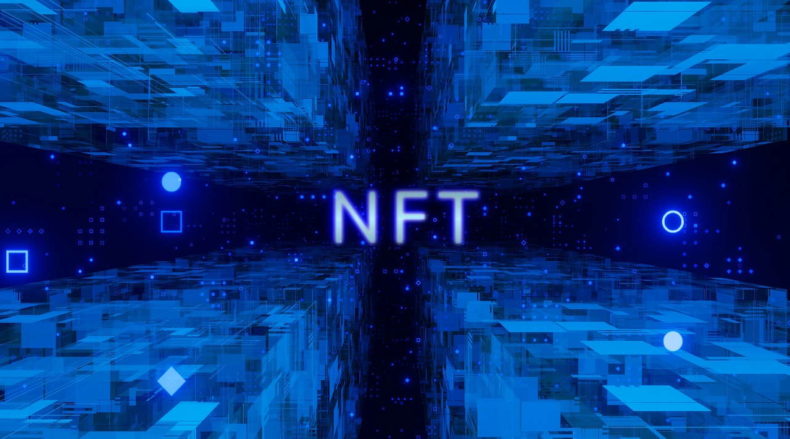Plagiarism and counterfeiting are criminal acts, but they are mostly frowned upon unless a case has been filed. These acts are done almost everywhere, from clothes, shoes and bags to the more expensive works of art.
These items are cheaper than the original and sell fast. And for those who do not know they are buying counterfeits, they are duped because they simply do not have the time to check for the authenticity of what they are buying. This often happens both in the digital and the real world.
In the case of the suddenly popular non-fungible tokens or NFTs, one great advantage in buying them is that tracing their ownership and verifying authenticity have been made easier for buyers. This is because NFTs live on the blockchain, which records data in a timestamped and immutable manner.
NFTs are unique digital products that are non-interchangeable like cryptocurrencies. NFT art and collectibles include digital music files, films, photographs, paintings, virtual real estate and even wearables like shoes. An NFT may sell for a few dollars or a million. Beeple’s artwork “Everydays: The First 5000 Days” is just one example of a successful NFT art that sold for more than $64 million.
Now a booming business worldwide, NFTs are usually created and sold on marketplaces or NFT art platforms online. The information regarding ownership and the transactions involving each NFT are securely stored on the blockchain and governed by smart contract rules. This means that the creator of an NFT art may specify floor and ceiling prices, and even determine how many times the digital asset may be resold.
It is true that some people have the tendency to think that digital assets do not have a high value because anything online may be copied, printed and are downloadable. But people who are knowledgeable enough and are appreciative of the effort made to create NFTs perceive this value differently.
NFT art enthusiasts, collectors and buyers form a community that puts a premium on authenticity. And for those who are just starting to get into NFTs, there are many ways to verify if the NFT art they are interested in is genuine before buying one.
For example, one may check an artwork’s original upload date using Google’s reverse-check tool and search who the creators are. Of course, information about almost anything is available online and on social media, so one can go to an NFT creator or seller’s accounts to see if they are actually legitimate and read reviews of their previous products and dealings with buyers.
Another way to find out whether an NFT art is authentic or not is to compare and look at the price. Real artists usually do not price their work too low, while scammers, not caring about the actual value of an NFT art, are often just in it for a quick buck.
The entire process of creating NFT art has minimized the possibility of fraud in the digital world. However, it still does not hurt to double-check for authenticity, as it can save the buyer from wasting precious money and having a bad experience.
Almost everyone has been hoodwinked into buying counterfeits, and there will always be fraudulent products being pushed at unsuspecting buyers. Hence, it is important to take some time to verify a product’s actual worth and authenticity.





